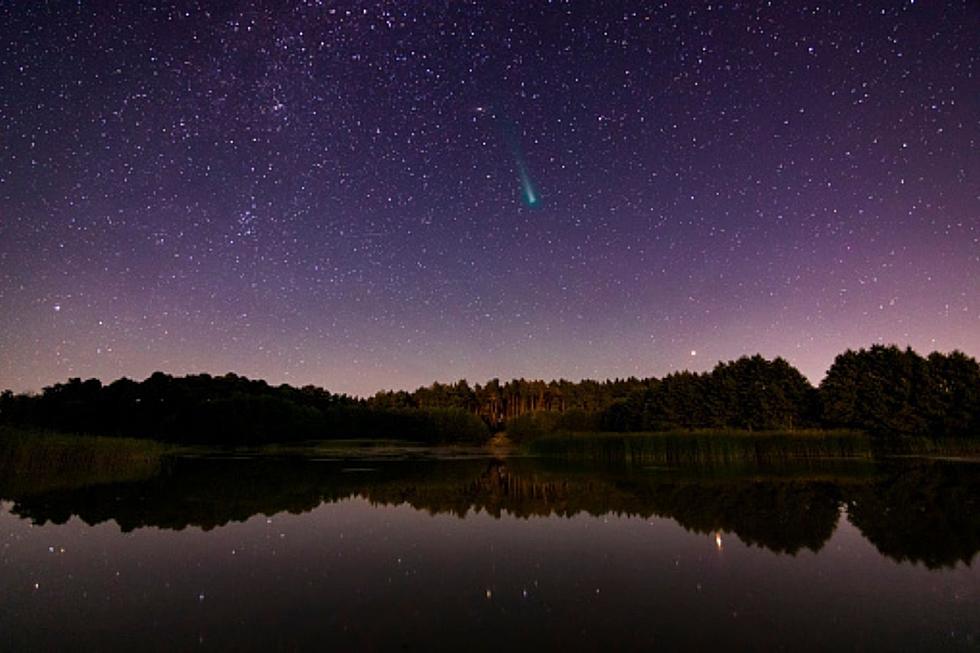
Here Are Tips On How To See The Christmas Comet This Week
There is a once-in-a-lifetime opportunity to see a "Christmas Comet" this week. Here are a few tips on how to get a good look.
I'm pretty lucky where I live when it comes to looking up at the sky. I'm near the Hardy Dam in Newaygo County, and far from any major town or city so when it is dark at my house you get a real good look at the sky. It is very common for my son and me to spot shooting stars.
Now through January 3, stargazers have something special to watch for and that is Comet Leonard. Leonard is the brightest comet of 2021 and was closest to Earth on December 12. You have about 15 days to get a look at Leonard before he slingshots around the sun into another galaxy.
If you want to get one last look at Leonard, you may be able to catch the comet with the naked eye, but since the comet has moved further from the Earth, you may need binoculars or a telescope to get a really good look.
According to WOOD, Comet Leonard is visible low and near the southwestern horizon, with the best viewing time around an hour or so after sunset. The moon may make this difficult since it is nearly full, thus adding further illumination to the evening sky when it rises.
Leonard keeps getting brighter which is making it more possible to see with the naked eye. Plus you don't have to wake up at 2 a.m. to view the comet which is nice since your best chance of viewing is in the first hour of darkness.
However, stargazers can still catch this once-in-a-lifetime sighting this week as it passes through the solar system, according to Gregory Leonard, a senior research specialist at the University of Arizona’s Lunar and Planetary Laboratory. Leonard first discovered the comet earlier this year, and it’s named after him.
This will be your last time to see this comet. It is moving at 44 miles per second and unlike Halleys Comet, Leonard will not return again.
If you don't think you have time to see Leonard here is a live view you can check out.


